This is a re-post of a great article on shoulder position by @cirque_physio. Checkout her Instagram and Website where there is mountains of excellent information available for free including plenty of drills that will help improve your joint health and handstands.
“Engaged shoulders are ALWAYS down and back!! Spoiler- this is NOT always true.
Alright - question for y’all. When your arms are overhead- whether you’re hanging from an apparatus, in a handstand , or stretching, what position are your shoulders in 💪? Are they down and back? Neutral? Up by your ears? Many of us use “shoulders down and back” as our cue for any overhead movement. However, this is actually *not* the optimal position for your rotator cuff- especially if you’re bearing weight in that posture (hanging, handstands). To help you understand why, here’s a quick bio-mechanics lesson. ⠀⠀
⠀
For full and optimal shoulder overhead range of motion, you need 60 degrees of upward rotation from your scapula, and 120 from the actual ball-and-socket joint (glenohumeral joint). When both of these contribute as they should, and all involved muscles work properly, it keeps the rotator cuff in optimal alignment so it can best protect your shoulder from injury. 💪⠀⠀
⠀⠀
NOW- back to arms-overhead cueing: if you think “shoulders down and back,” you’re working against proper shoulder mechanics, and taking the scapula completely out of the equation. This forces the glenohumeral joint to produce more motion than it’s meant to, and does a few undesirable things: 1️⃣ brings your rotator cuff tendons into contact with the top of your scapula, potentially leading to impingement and rotator cuff tears 2️⃣ forces your elbows, wrists, and forearms to do more work, since your rotator cuff can’t contribute as much as it should when its being impinged.⠀⠀
⠀⠀
SO, what is the best overhead position⁉️It depends on what you’re doing, but the safe range is from the halfway point of a shoulder shrug, to fully extended (shoulders to ears).…basically, the complete opposite of “shoulders down and back!” Additionally, elbow pits should be facing each other, to promote slight shoulder external rotation. This position is where your shoulders are happiest and strongest 🙌⠀
WHAT ABOUT HANDSTANDS?
In my experience, this is less of an issue in hand balancers. One component of a technically correct handstand position is full elevation of your arms overhead, with an emphasis of the “shoulders to ears” cue. This puts most people in a nice, upwardly rotated scapular position, and keeps the rotator cuff happy. Another good cue to throw in for hand balancers is to think about rotating the hands away from each other, to promote slight external rotation and give the rotator cuff more space. One issue that I DO see in hand balancing is when fatigue sets in. In most people, the first fatigue-related compensation in a handstand is going to be a slow increase in the space between ears and shoulders- letting your shoulders depress, because your upward scapular rotators are getting tired. This causes the glenohumeral joint to take up the slack, and the rotator cuff gets compressed. Take home message for handbalancers- if fatigue equals sinking in your shoulders, COME OUT OF THE HANDSTAND! Same goes for training one arms- don’t get fatigued to the point of compromising technique, unless you hate your rotator cuff and want it to be miserable”
So there you have it. Some very sound knowledge to help you understand your shoulder position in handstand. Spread the good word.

